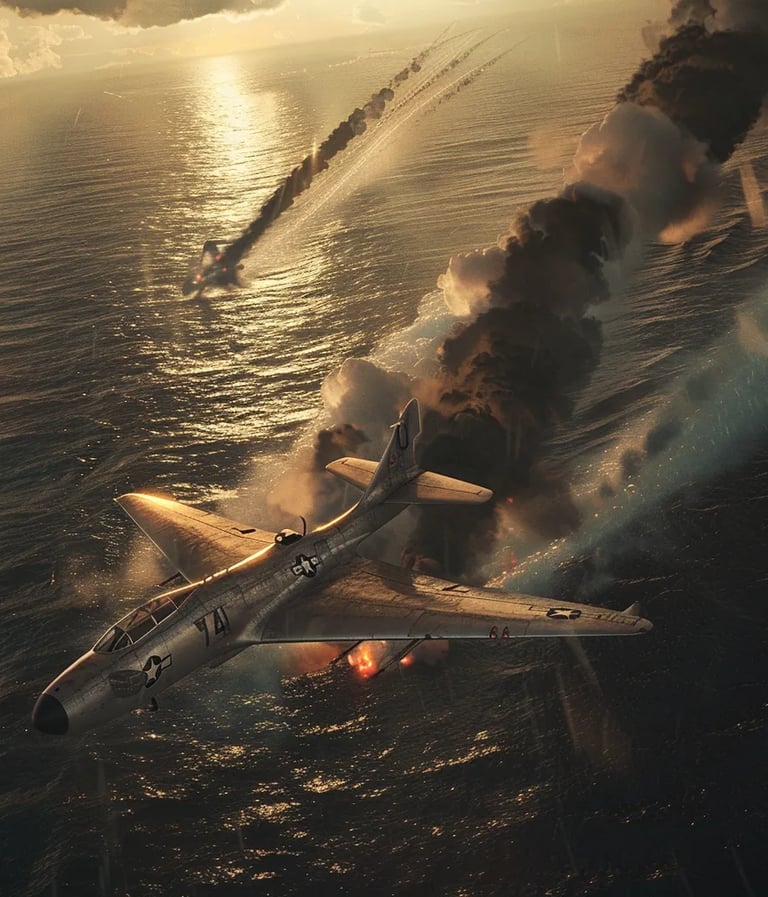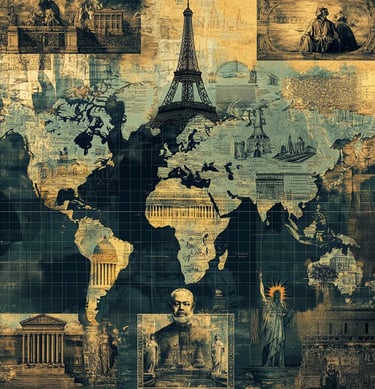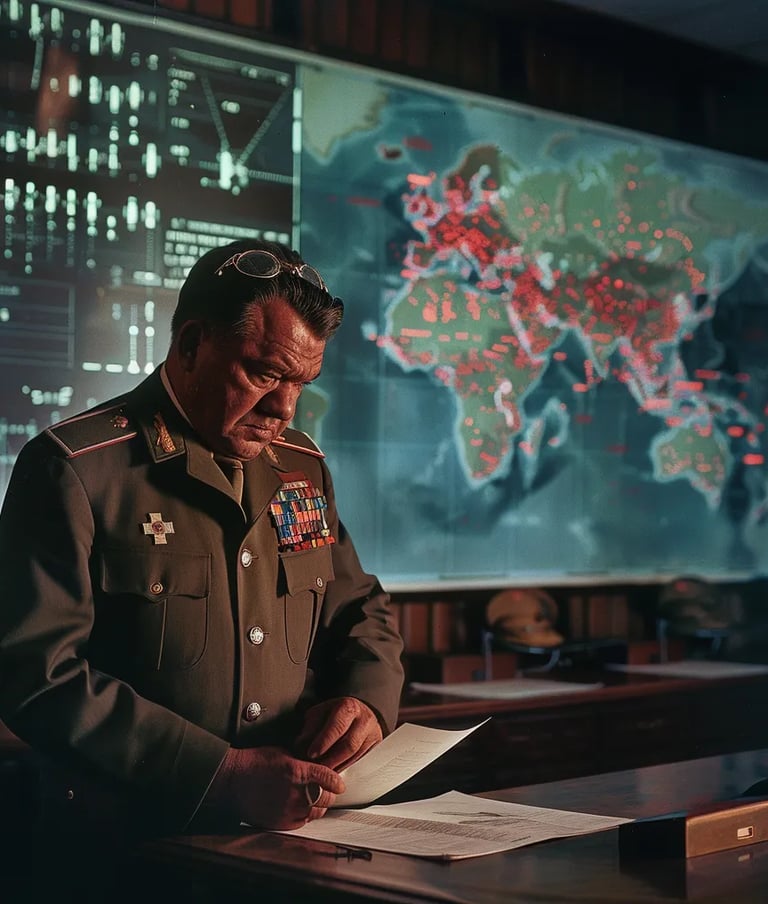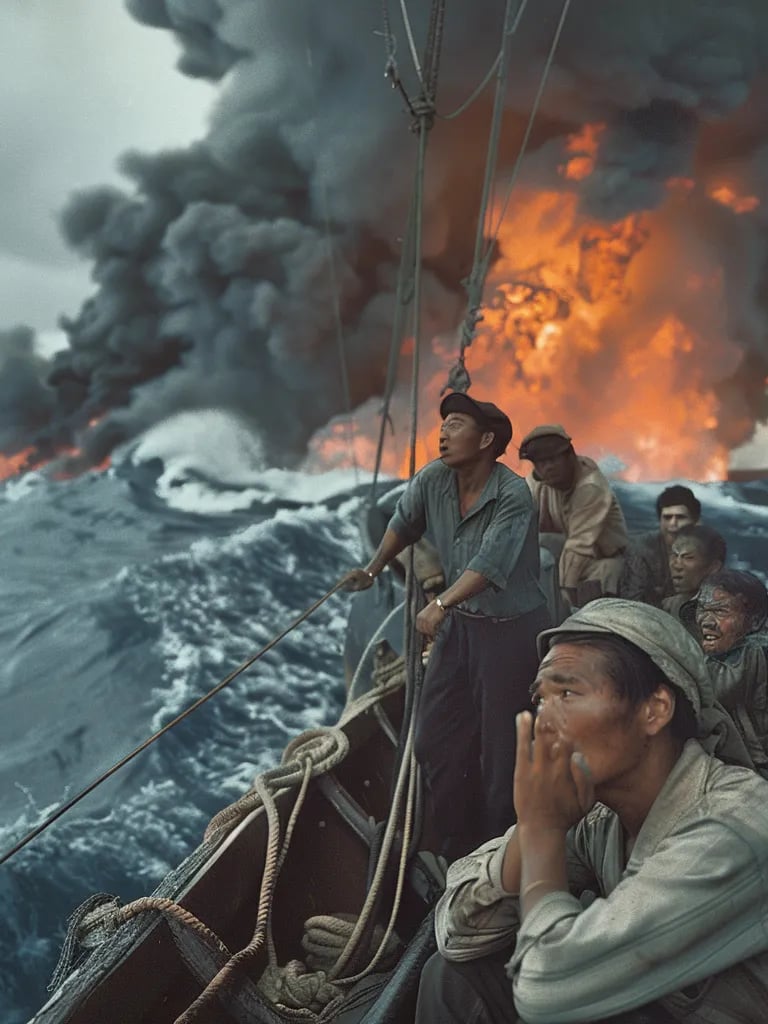In a desperate move to strengthen British forces during the American Revolution, Virginia’s Royal Governor, Lord Dunmore, issued a proclamation on November 7, 1775, offering freedom to enslaved men who joined the British army. While the promise ignited hope among many, it also deepened tensions between Britain and American colonists, pushing some undecided planters toward supporting independence. Thousands of enslaved people took the risk, seeking a new future.
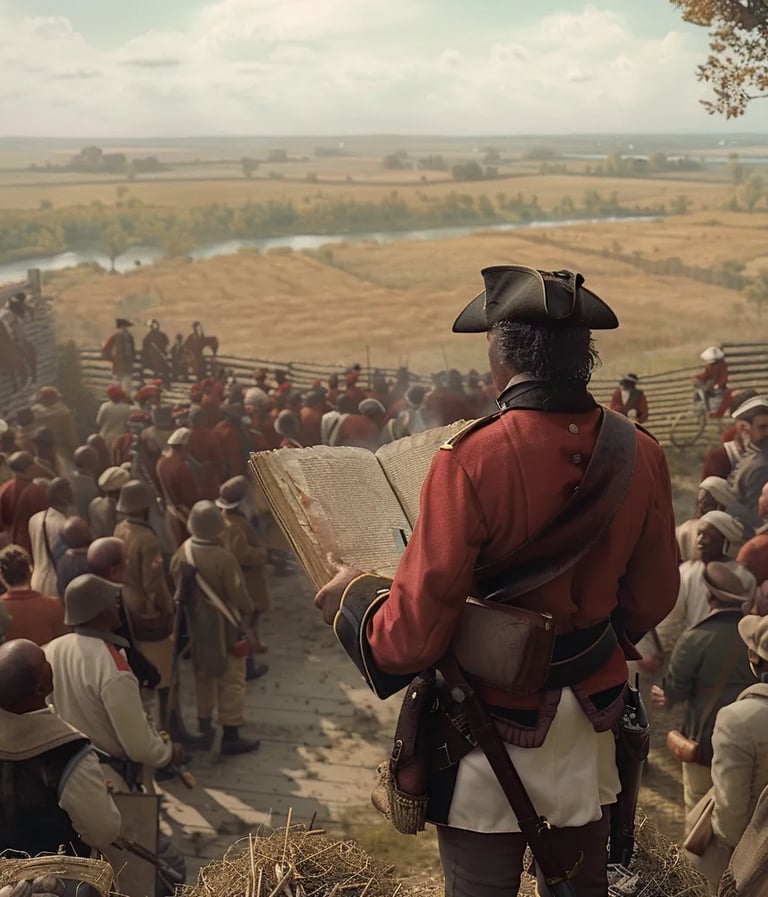

1775 – Lord Dunmore Offers Freedom to Enslaved Men Who Join the British Army
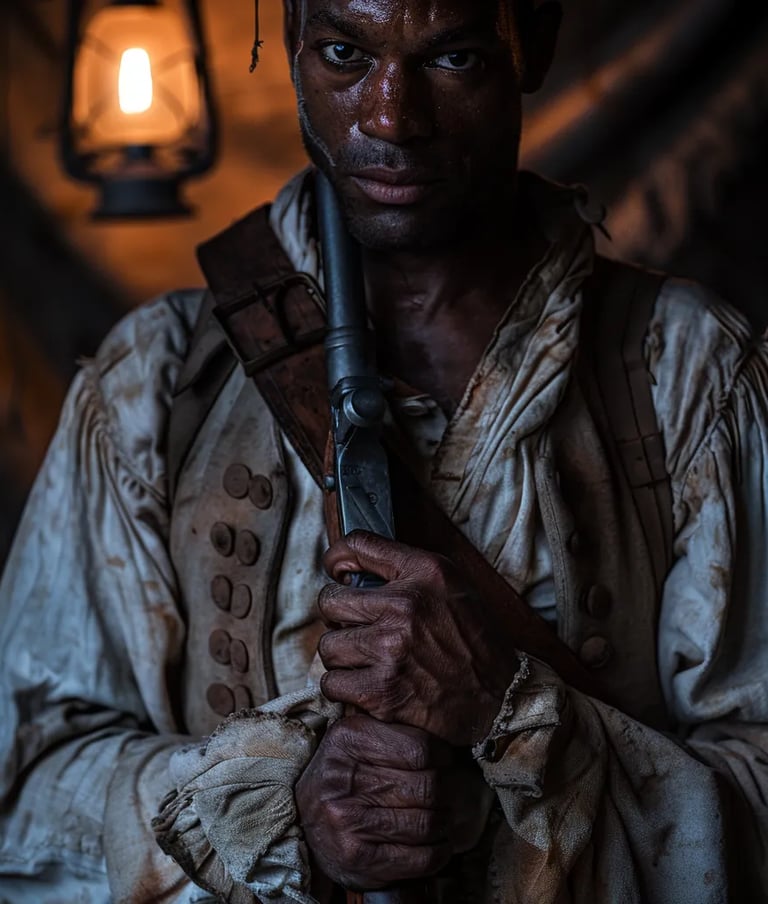

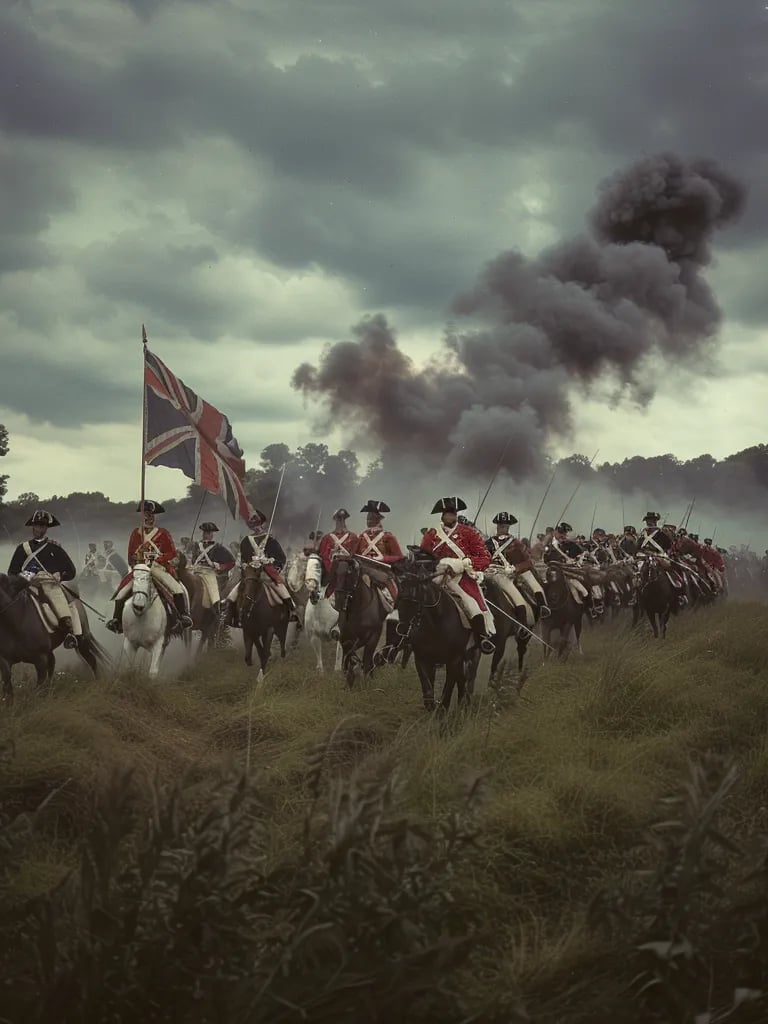

A bizarre law came into effect in Paris on November 7, 1800, making it illegal for women to wear trousers without police approval. Initially intended to control women’s public appearance, the rule persisted for over two centuries, despite becoming obsolete. Shockingly, it wasn’t officially annulled until 2013, a reminder of how long outdated gender restrictions remained on the books.


1800 – Paris Bans Women from Wearing Trousers Without Permission
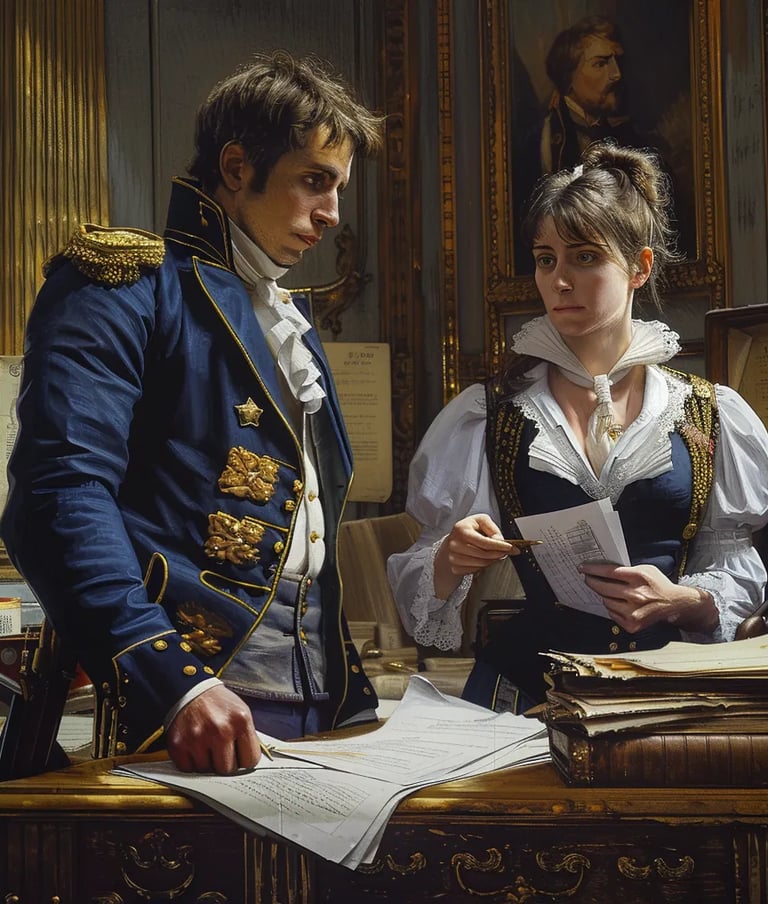



After nearly 18 months of treacherous travel, the Lewis and Clark Expedition finally glimpsed the vast expanse of the Pacific Ocean on November 7, 1805. Having navigated the rugged terrain of North America, the explorers’ arrival at the mouth of the Columbia River marked a triumphant moment in their historic journey, fulfilling President Jefferson’s vision of mapping a path across the continent.
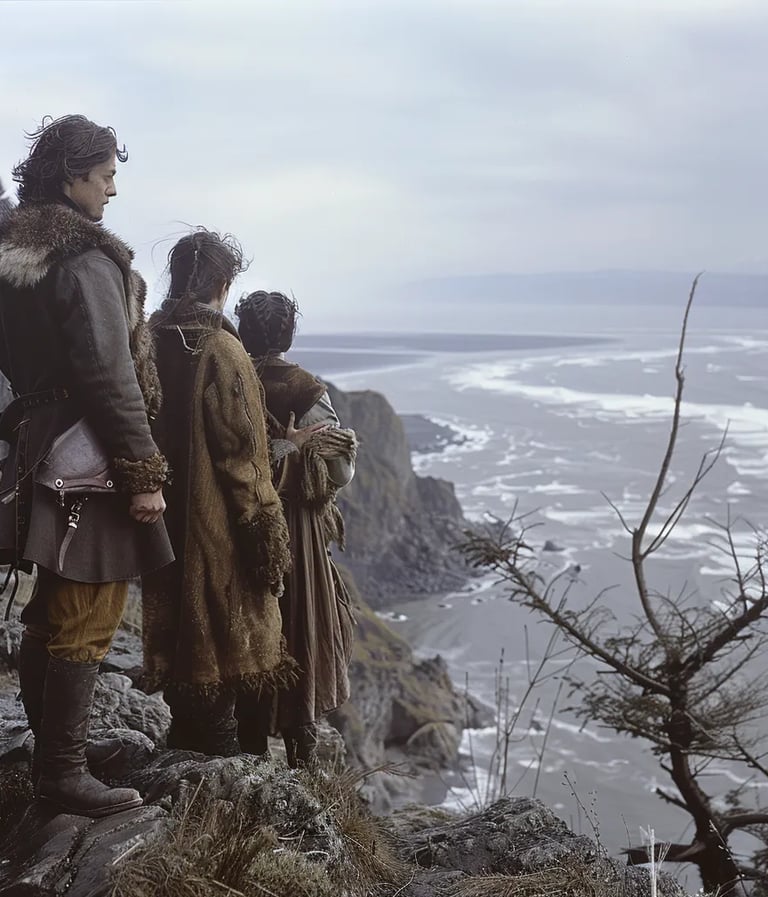

1805 – Lewis and Clark Expedition Reaches the Pacific Ocean


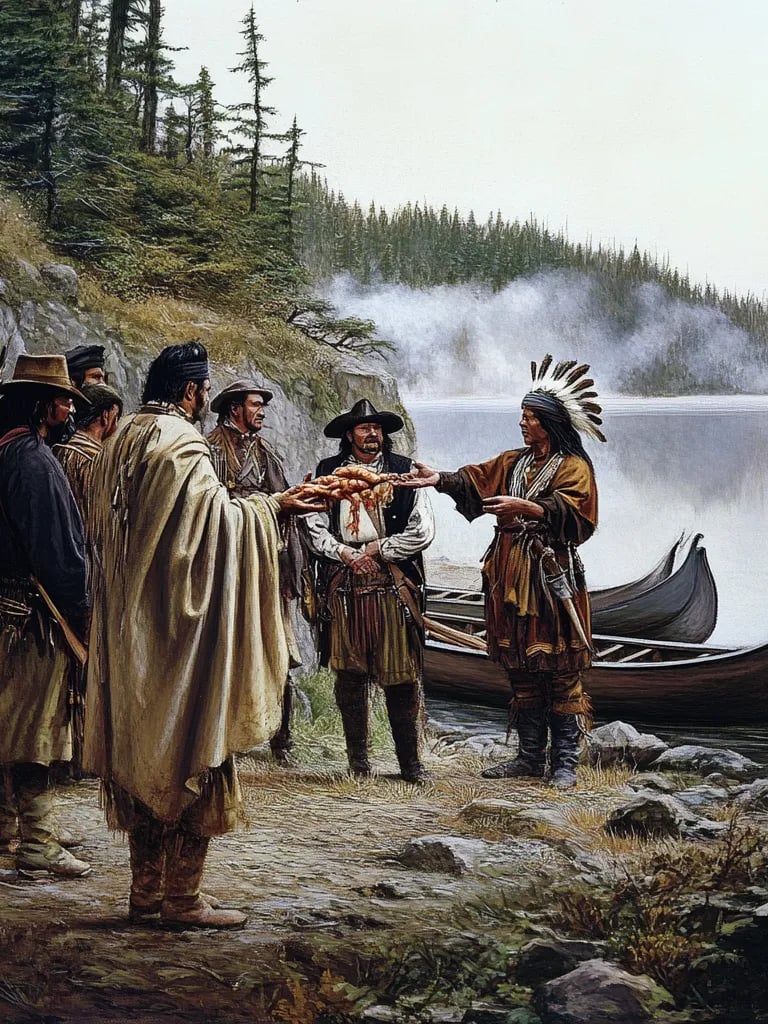

On this day, famed political cartoonist Thomas Nast published a drawing that would forever shape American politics—the first depiction of the Republican Party as an elephant. The illustration, which mocked Democratic fear-mongering, cemented the elephant as the enduring symbol of the Republican Party. Nast’s cartoons influenced public opinion, shaping political imagery that remains widely recognized today.

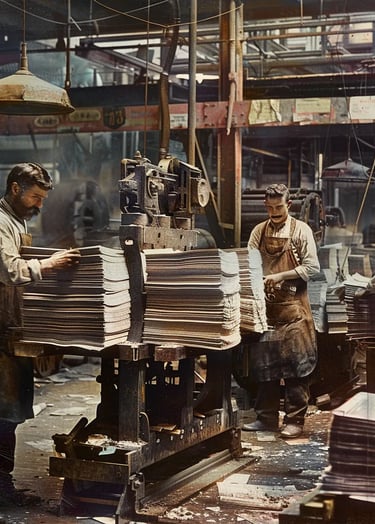
1874 – The Republican Elephant Debuts in Political Cartoons


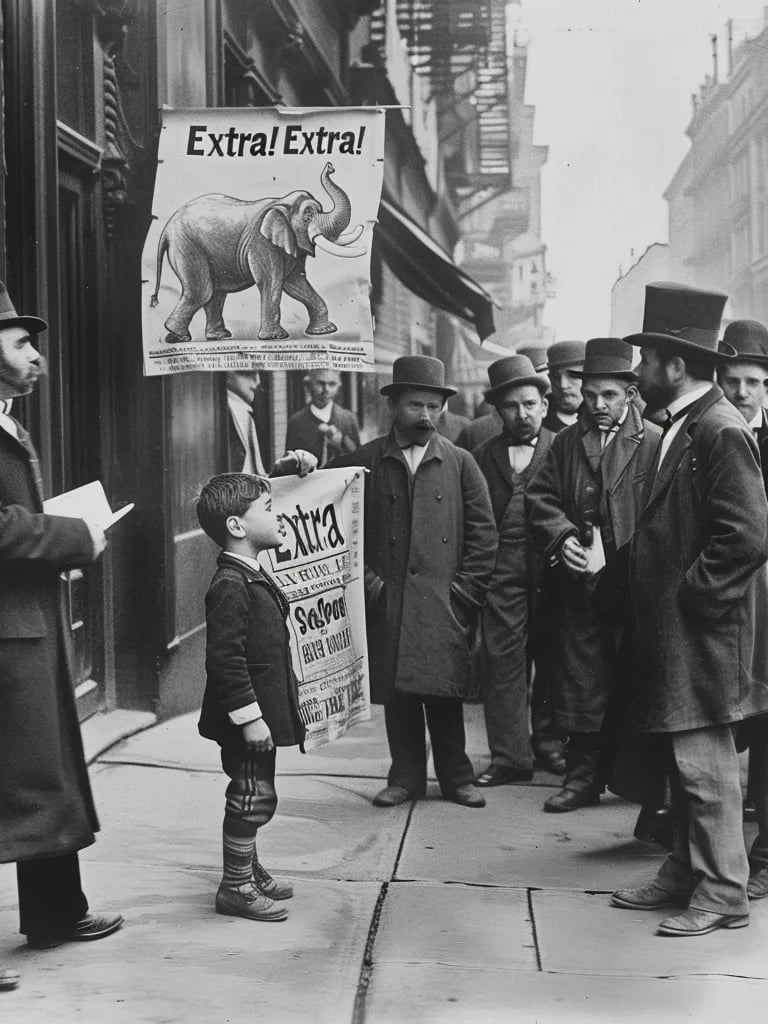

A high-altitude U.S. spy plane met disaster on November 7, 1954, when it was shot down north of Japan. The Cold War was in full swing, and tensions between world powers ran high. Though details remained classified for years, the incident underscored the growing risks of espionage and aerial surveillance in an era where intelligence-gathering could mean the difference between war and peace.
